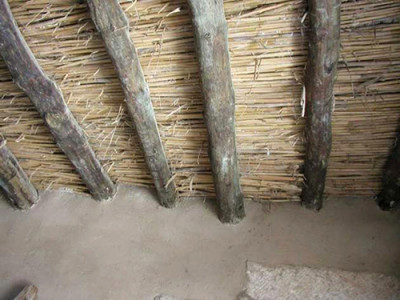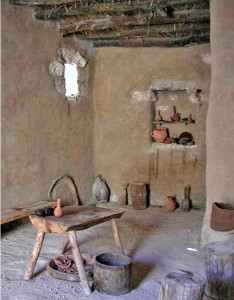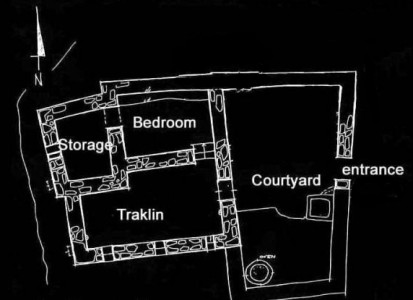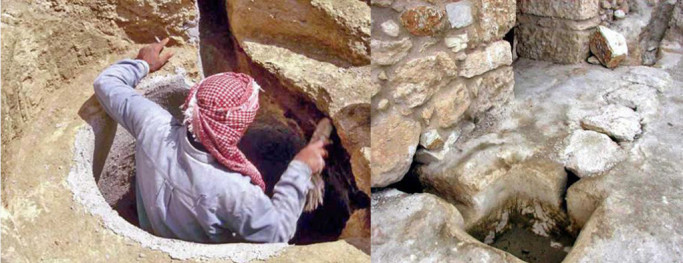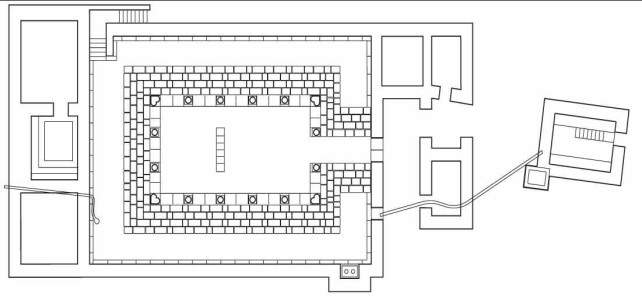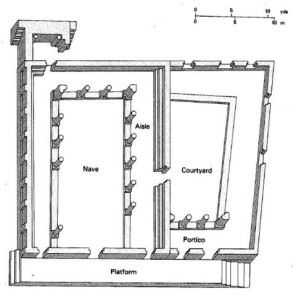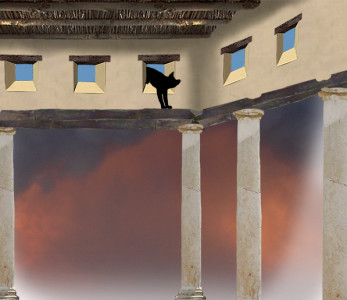“If the people were silent, the very stones would cry out.” Luke 19:40
The stones are speaking. Are we listening?
The memory of stone. People have spoken of it since humankind first wielded tools to chisel its surface. What stories might be locked in the smallest of river stones, the bedrock beneath the plains’ rich soil, the mountains crushed into gravel for our roads? Certainly we find there the record of the earth’s transformations, the bones and footprints of long-dead species, delicate traceries of plants, massive forests. But what about human lives? Have stones absorbed the fleeting touch of our lately-come species, the storms of blood, tears, laughter, prayer that accompany our kind wherever we wander? Do stones remember us?

I love stone. I have loved it from earliest childhood. I love the weight and feel of it in my hand, the warmth of it beneath me when I rest from walking, the magic of its kaleidoscopic patterns. When I can I travel to mountains and canyons and deserts to spend time in its company. Stone is alive, sentient in some way I can’t explain. I feel it most strongly in wilderness, where human busy-ness is limited—but it has also caught me unawares in urban alleys.
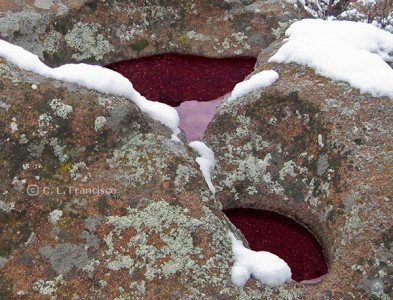
I am unlikely ever to hear a stone speak in human words, or a tree in propositions, or a dog in iambic pentameter. A stone communicates in the manner of stones, just as a dog communicates as dogs do. My experience of the speech of stones is deeply non-verbal, partly visceral and partly emotional, untranslatable. Sometimes I take a photograph or pick up a stone when I feel it; other times I simply let it be. The imagery comes later.
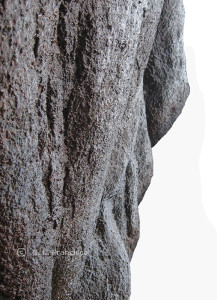
I am not a professional photographer, or even educated in photography. In the past I saw the images in a camera’s eye as an imagined canvas, in terms of shape and balance, tension and flow, light and dark. Now I find myself photographing scenes that pulse with the energy of subtle presence, and I let the rest take care of itself. Sometimes my pictures absorb a hint of that power, sometimes not.
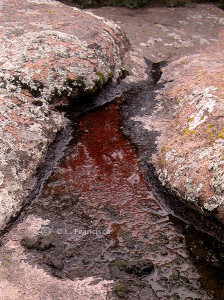
What is a photograph? At its simplest it is a record of objects seen, events observed, people known. But like history, a photograph participates in the awareness of the one who watches and records. And like a scientific experiment, the photographer’s participation is a variable that must be considered. The same scene taken by different people with identical cameras at roughly the same time may be distinctly different—based on something I call “soul,” for lack of any better term. At times the camera’s eye appears to mediate an exchange of understanding? meaning? relationship? being? between photographer and subject, and this fleeting touch (or lack of it) marks the photo.
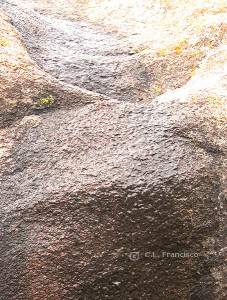
What are the stones saying with their images? I believe they are communicating their presence, no more. “Look at us!” they cry. “We are alive, in ways you have forgotten you ever knew. We are—as the trees are, and the waters, and the atmosphere that shields the Earth from the extremes of space. Truly see us—see all of creation—we who have been dismissed by your arrogance as mere commodities. See us, before only stones remain to see the sunrise.”

Slipping unseen along the fringes of consciousness, the temptation is always there—to “clean up” the images, make them perfect, adjust their proportions to fit more neatly into Western ideas of beauty. Sometimes I make changes without thinking, and then I have to destroy the image if I can’t undo the edits. We have an implicit understanding, the stones and I—that their images will remain as I find them, removed only from their matrix, and, at most, adjusted for contrast. After all, they are the language of stone, and much is inevitably lost in translation.

Many years ago I discovered a new word: panentheism. Not pantheism (many gods), not theism (usually one god separate from creation), but pan-en-theism—one Spirit present in all creation, without the great divide between spirit and flesh that seems unavoidable in most Western traditions. Perhaps this word can suggest a way to bridge the gulf between stones that speak and a planet of dead rock.
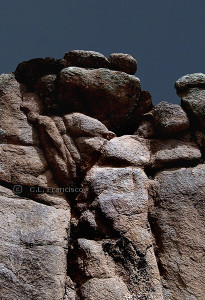
In Christian scripture the apostle Paul describes the perceptions of ordinary people: “For now we see in a mirror, dimly . . . .” These words could describe any human being who has lost her sense of kinship with the web of life in which she lives. We see the world distorted in a bit of poorly polished metal—and ourselves more prominently than all else. But unlike Longfellow’s Lady of Shallot, we have no curse to excuse our stubborn avoidance of the Earth’s true face.
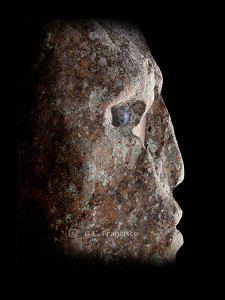
Stone is patient. Stone does not envy or boast, and is neither arrogant nor rude. Stone simply is, demanding nothing. Stone is not false, but embodies the truth of creation. Stone accepts human abuse and awaits our healing. Stone endures all things, is always being transformed, yet is ever the same.

All the photos in The Stones of Easter series* were taken on my brother Don’s mountain during Easter week, 2010, when I was deeply immersed in writing the final chapters of The Gospel According to Yeshua’s Cat. Starting on the morning of Maundy Thursday and ending on Easter Sunday, each day I packed a lunch and water flask and set off up the mountain with my camera. In a very literal sense, I went in search of a vision.

The result of the vision that met me there is Yeshua’s Cat.
And, of course, one of Wendy’s cats.
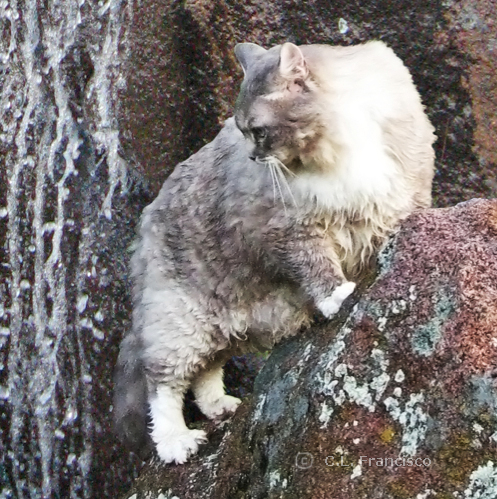
.
* Sixteen photos in The Stones of Easter series are available for sale at http://www.zazzle.com/moon_seasons. The original series included 24.
.
.





